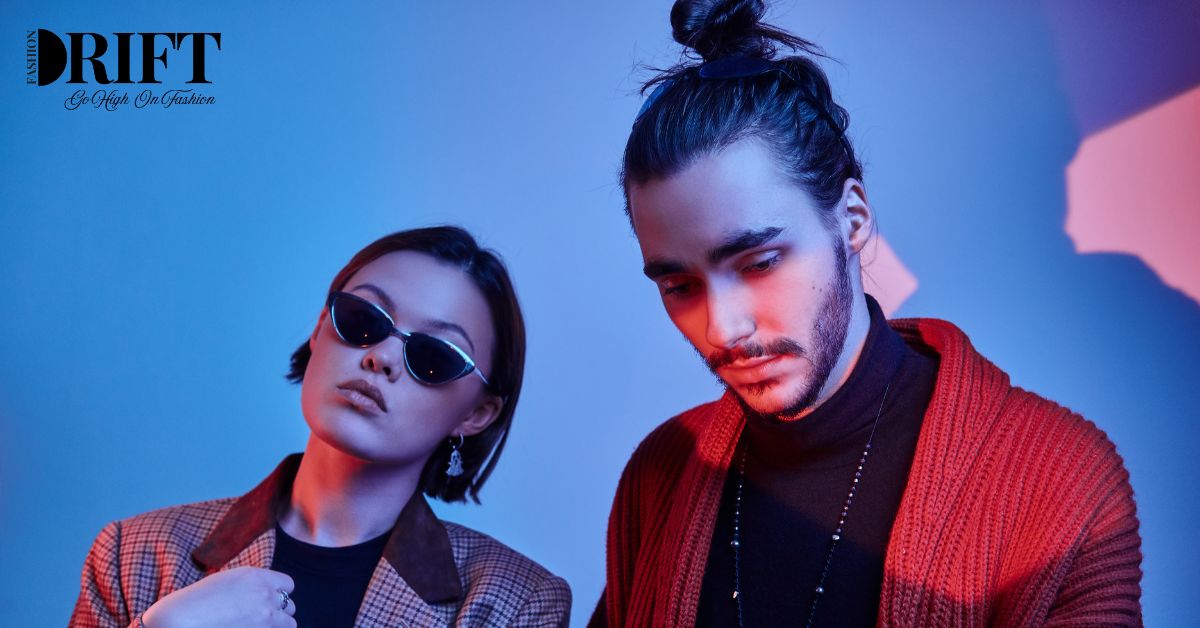
Fashion and beauty have always shared an inseparable bond, influencing and enhancing each other to create unforgettable style statements. Together, they form the cornerstone of personal expression, empowering individuals to present themselves with confidence and creativity. In this article, we will delve deep into the intertwined worlds of beauty and fashion, exploring their history, modern-day significance, and iconic collaborations that continue to inspire millions.
The Historical Evolution of Beauty and Fashion
The journey of beauty and fashion dates back to ancient civilizations, where appearance held great cultural and social significance.
1. Ancient Beginnings
- Egyptian Elegance: Ancient Egyptians were pioneers in integrating beauty and fashion. Both men and women adorned themselves with kohl-lined eyes, vivid green or blue eye shadows, and intricate jewelry. Linen garments dyed in rich hues complemented their iconic beauty rituals.
- Roman and Greek Influence: The Greeks and Romans celebrated aesthetics through draped garments and naturalistic beauty standards. Hairstyles were adorned with golden accessories, while perfumes and skin treatments became integral to their routines.
2. The Renaissance Era
The Renaissance brought a resurgence of opulence in fashion and beauty. Noblewomen powdered their faces for a porcelain-like complexion, while elaborate dresses and wigs became symbols of status. Beauty was perceived as an art, reflecting the cultural revival of the period.
3. The 20th Century Transformation
The 20th century marked dramatic shifts in fashion and beauty trends:
- 1920s: The flapper era embraced bold makeup, short bob hairstyles, and dazzling dresses.
- 1950s: Audrey Hepburn and Marilyn Monroe set trends with signature looks, from red lips to chic dresses.
- 1980s: The rise of bold colors, voluminous hairstyles, and power suits defined this decade, merging glamour and individuality.
The Synergy Between Fashion and Beauty
Beauty and fashion are complementary forces, each enhancing the other’s impact. Together, they create a complete narrative that speaks volumes about personality and style.
4. Makeup Trends Influencing Fashion
Makeup trends often set the tone for fashion collections. For instance:
- Natural Glows in Minimalist Fashion: Dewy skin and nude palettes complement minimalistic designs.
- Bold and Vibrant Looks: Graphic eyeliners and neon shades often align with avant-garde or streetwear styles.
5. Hairstyles and Wardrobe Harmony
Hairstyles serve as the finishing touch to an outfit. A sleek bun pairs perfectly with a sophisticated gown, while tousled waves add a casual vibe to bohemian attire. Designers frequently collaborate with hairstylists to align the overall aesthetic of runway presentations.
Iconic Collaborations in Beauty and Fashion
Over the years, beauty brands and fashion houses have joined forces to create legendary partnerships. These collaborations are often celebrated for redefining trends and setting new standards.
6. Chanel and Beauty Mastery
Chanel, a name synonymous with elegance, seamlessly integrates fashion and beauty. From their classic tweed suits to the iconic Chanel No. 5 perfume, their collections exemplify timeless sophistication.
7. Pat McGrath and Couture
Renowned makeup artist Pat McGrath’s collaborations with high-end designers like Dior and Versace highlight how transformative makeup can elevate fashion shows.
8. Fenty Beauty and Savage x Fenty
Rihanna’s brands have revolutionized inclusivity in both beauty and fashion. Fenty Beauty’s wide range of foundation shades and Savage x Fenty’s diverse lingerie collections have set new industry benchmarks.
Cultural Impact of Beauty and Fashion
Beauty and fashion do more than define personal style; they reflect societal values, historical moments, and cultural identities.
9. Breaking Stereotypes
Modern movements challenge traditional beauty norms and celebrate diversity. From body-positive campaigns to gender-neutral fashion, the industry is evolving to become more inclusive.
10. Social Media’s Role
Platforms like Instagram and TikTok have transformed how beauty and fashion trends are consumed. Influencers and content creators play pivotal roles in shaping global trends, making style accessible to a wider audience.
Eco-Friendly Fashion: Redefining Style with Sustainability
As concerns about environmental sustainability grow, the fashion industry is undergoing a transformative shift toward eco-friendly practices. Brands like Stella McCartney and Patagonia are pioneering this change, setting new standards for ethical production and environmental responsibility.
Key Elements of Eco-Friendly Fashion
- Sustainable Materials
- Many eco-friendly brands prioritize using organic, recycled, or biodegradable fabrics. Materials like organic cotton, hemp, Tencel, and recycled polyester reduce the environmental footprint associated with traditional textiles.
- Innovations like mushroom leather, pineapple fibers (Piñatex), and lab-grown fabrics are also gaining traction.
- Ethical Labor Practices
- Sustainable brands ensure fair wages and safe working conditions for their workers, combating exploitative practices common in fast fashion.
- Certifications like Fair Trade and SA8000 are often sought to authenticate ethical practices.
- Low-Impact Production
- Reducing water consumption, minimizing chemical use, and adopting renewable energy in production processes are core goals for sustainable brands.
- Closed-loop systems in dyeing and production processes prevent toxic waste from polluting ecosystems.
- Recycling and Upcycling
- Recycling programs encourage consumers to return used clothing, which brands then repurpose or recycle into new garments.
- Upcycling—transforming old or discarded textiles into high-value items—is becoming increasingly popular.
Benefits of Eco-Friendly Fashion
- Environmental Impact
- The fashion industry is a major polluter, responsible for significant carbon emissions and water waste. Sustainable practices help mitigate these effects by reducing waste, emissions, and reliance on non-renewable resources.
- Healthier Choices
- Eco-friendly fabrics are often free from harmful chemicals, benefiting both wearers and the environment.
- Durability and Longevity
- High-quality sustainable garments are designed to last longer, encouraging consumers to buy less and reduce waste.
- Consumer Empowerment
- By choosing sustainable brands, consumers can align their purchasing power with their values, supporting ethical practices and environmental stewardship.
Leading Brands in Eco-Friendly Fashion
- Stella McCartney: A pioneer in cruelty-free and sustainable luxury fashion, known for using alternatives to leather and fur.
- Patagonia: Renowned for its commitment to environmental activism, the brand uses recycled materials and donates a portion of profits to environmental causes.
- Eileen Fisher: Emphasizes simplicity, timelessness, and eco-conscious production.
- Reformation: Focused on transparency, Reformation publishes sustainability reports and uses eco-friendly fabrics.
12. Green Beauty Products
The beauty industry is undergoing a significant transformation as consumers increasingly demand products that are both environmentally friendly and ethically produced. The rise of organic and cruelty-free beauty products reflects a growing awareness of the impact traditional cosmetics can have on health, animals, and the environment. These “green” products are formulated with natural, non-toxic ingredients, free from harmful chemicals like parabens, sulfates, and synthetic fragrances, making them safer for both the skin and the planet. Beyond formulations, brands are also embracing sustainable packaging solutions, such as recyclable, refillable, or compostable materials, to reduce waste. Many companies are adopting cruelty-free practices, ensuring no animals are harmed during product testing. Certifications like Leaping Bunny and EcoCert help consumers identify truly ethical brands. Additionally, innovations like waterless beauty products and zero-waste formulations are gaining traction, further minimizing environmental footprints. This shift not only empowers consumers to make conscious choices but also pushes the beauty industry toward greater transparency, responsibility, and sustainability.
Practical Tips for Creating Iconic Style
Achieving a harmonious balance between beauty and fashion requires intentional choices.
13. Build a Capsule Wardrobe
Building a capsule wardrobe is a smart way to simplify your closet, save money, and create effortlessly stylish looks for any occasion. The foundation of a capsule wardrobe lies in investing in timeless, high-quality pieces that can be mixed and matched to create a variety of outfits. Key essentials include a tailored blazer, which adds polish to any outfit, whether paired with jeans for a casual day out or a dress for a formal event. Classic denim in a flattering cut is a versatile staple that works for both relaxed and semi-formal settings. Neutral-toned tops, such as white button-down shirts, black turtlenecks, and beige camisoles, serve as the backbone of your wardrobe, offering endless layering options.
For bottoms, opt for versatile choices like tailored trousers, a pencil skirt, and an A-line skirt to suit different styles. Outerwear, such as a trench coat or a structured wool coat, is ideal for transitional weather. Accessories also play a significant role: a leather belt, simple jewelry, and a versatile handbag can elevate your outfits effortlessly. For footwear, invest in a pair of black pumps, white sneakers, and ankle boots to cover various occasions.
14. Experiment with Accessories
Experimenting with accessories is a fun and creative way to elevate any outfit, taking it from ordinary to extraordinary with minimal effort. Statement earrings, for instance, can add a touch of drama and personality, instantly drawing attention to your face and complementing everything from casual jeans to elegant eveningwear. Similarly, chic handbags are not only functional but also serve as a style statement, with options like structured totes for work or embellished clutches for special occasions.
Scarves, whether silk, patterned, or textured, are another versatile accessory that can be worn around the neck, tied to a handbag, or even styled as a headband for a fresh twist. Belts, ranging from slim leather to wide statement pieces, can cinch your waist and add definition to dresses, blazers, or oversized shirts. Layered necklaces and stackable rings are perfect for creating a trendy, personalized look, while watches and bracelets bring sophistication and polish.
The Future of Beauty and Fashion
As technology advances, the integration of beauty and fashion continues to evolve. Augmented reality tools allow virtual try-ons for makeup and clothing, while AI-driven customization is paving the way for personalized shopping experiences.
Conclusion
Beauty and fashion are more than just external embellishments; they are forms of self-expression and empowerment. By understanding their historical significance, cultural impact, and future possibilities, we can embrace their power to create iconic style statements. Whether through timeless classics or bold experimentation, the synergy of beauty and fashion will always inspire us to express our truest selves.


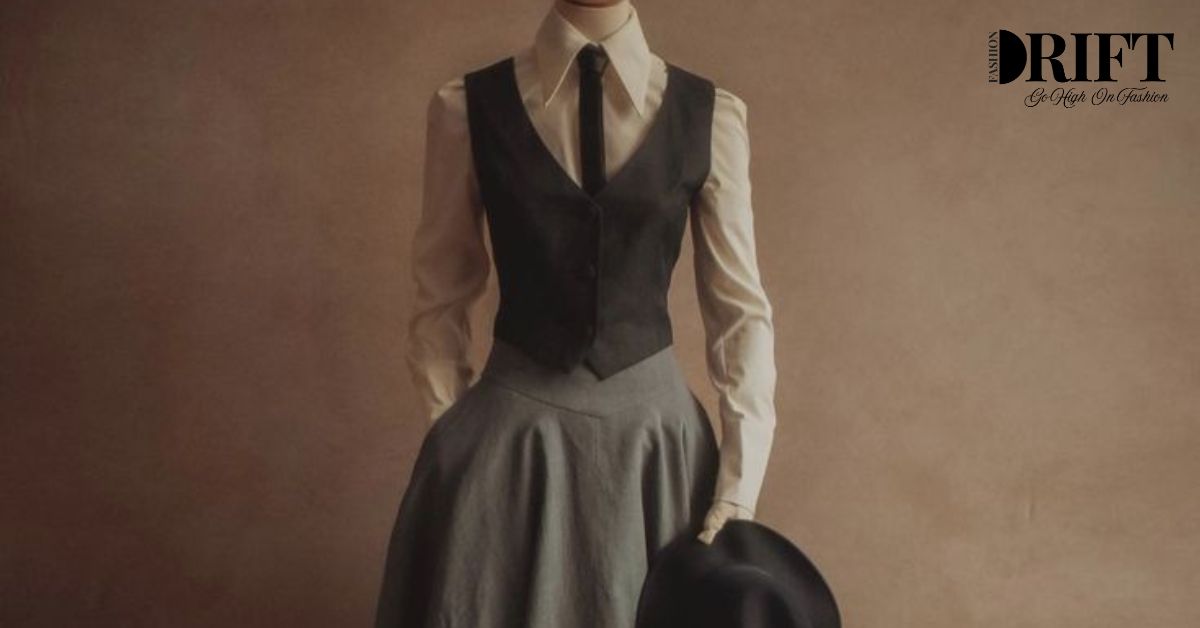

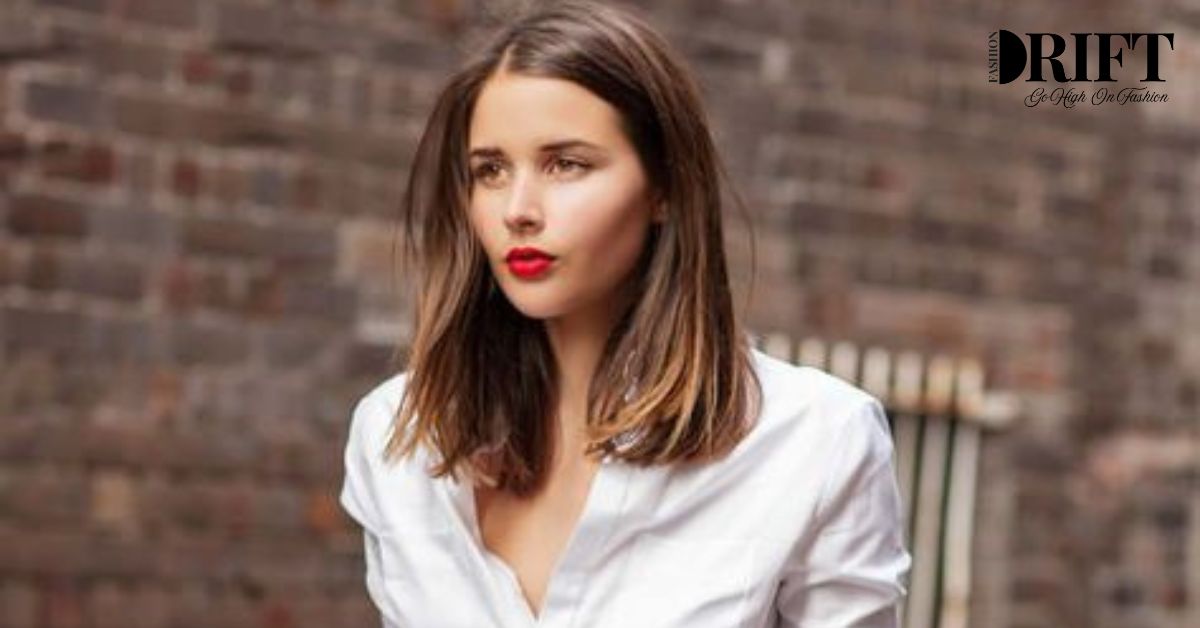

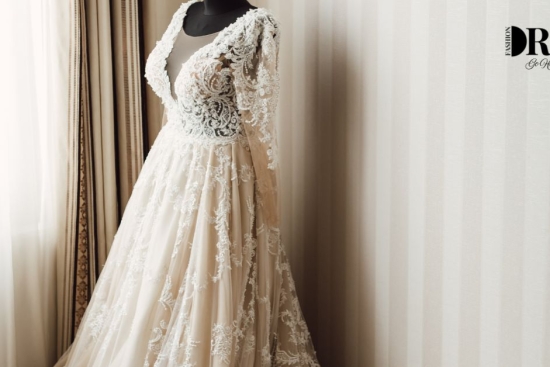
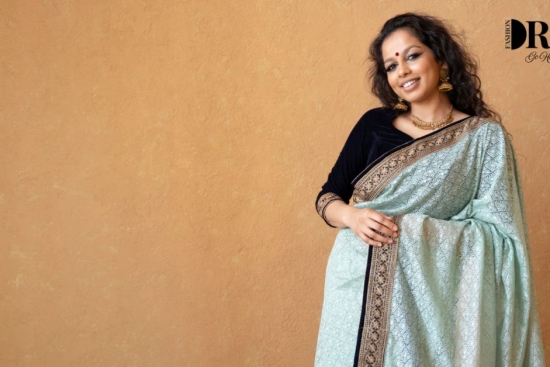
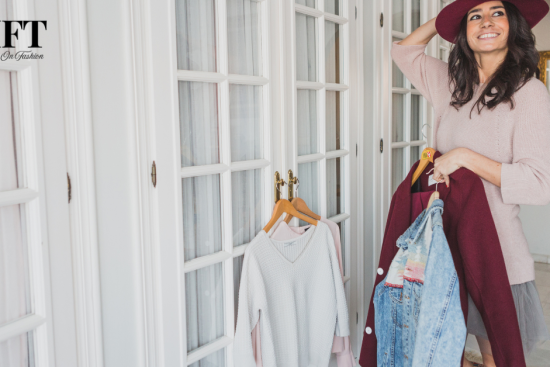



Comments (28)
Brianvoksays:
29/01/2025 at 13:23acquisto farmaci con ricetta: Farma Prodotti – farmacia online senza ricetta
farmacie online autorizzate elenco
ClintInicksays:
31/01/2025 at 08:27http://farmaprodotti.com/# farmacia online senza ricetta
farmacie online sicure
Edwarddipsays:
31/01/2025 at 09:12viagra prezzo farmacia 2023: le migliori pillole per l’erezione – viagra ordine telefonico
NathanHussays:
31/01/2025 at 09:48comprare farmaci online all’estero [url=https://farmaprodotti.shop/#]farmacie online autorizzate elenco[/url] migliori farmacie online 2024
Brianplodssays:
31/01/2025 at 10:07Farmacia online piГ№ conveniente http://farmaprodotti.com/# Farmacia online miglior prezzo
comprare farmaci online all’estero
DavidAbonssays:
31/01/2025 at 12:39http://jugabet.xyz/# Los juegos en vivo ofrecen emociГіn adicional.
Cashless gaming options are becoming popular.
Lannypersays:
31/01/2025 at 12:50Promotions are advertised through social media channels.: taya365 login – taya365.art
Patricksnubysays:
31/01/2025 at 13:57Muchos casinos ofrecen restaurantes y bares.: winchile.pro – winchile.pro
Williamamushsays:
31/01/2025 at 15:27The Philippines has several world-class integrated resorts. https://phmacao.life/# Gambling can be a social activity here.
DavidAbonssays:
31/01/2025 at 16:51https://jugabet.xyz/# La historia del juego en Chile es rica.
Players enjoy both fun and excitement in casinos.
JosephLibsays:
31/01/2025 at 17:25winchile [url=http://winchile.pro/#]win chile[/url] La pasiГіn por el juego une a personas.
Lannypersays:
31/01/2025 at 17:43The gaming floors are always bustling with excitement.: taya777 – taya777 app
Patricksnubysays:
31/01/2025 at 18:58Las promociones de fin de semana son populares.: jugabet – jugabet casino
Williamamushsays:
31/01/2025 at 20:28Many casinos offer luxurious amenities and services. http://phtaya.tech/# The casino industry supports local economies significantly.
DavidAbonssays:
31/01/2025 at 20:52http://phtaya.tech/# Many casinos offer luxurious amenities and services.
The ambiance is designed to excite players.
Lannypersays:
31/01/2025 at 22:34La diversiГіn nunca se detiene en los casinos.: winchile – win chile
Patricksnubysays:
31/01/2025 at 23:53Los juegos en vivo ofrecen emociГіn adicional.: winchile – winchile.pro
DavidAbonssays:
01/02/2025 at 00:44https://taya777.icu/# The casino atmosphere is thrilling and energetic.
Many casinos have beautiful ocean views.
Williamamushsays:
01/02/2025 at 01:23The Philippines has several world-class integrated resorts. http://taya777.icu/# Casinos often host special holiday promotions.
JosephLibsays:
01/02/2025 at 01:53jugabet casino [url=http://jugabet.xyz/#]jugabet casino[/url] Los juegos de mesa son clГЎsicos eternos.
Lannypersays:
01/02/2025 at 03:22Players enjoy a variety of table games.: taya777 – taya777 register login
DavidAbonssays:
01/02/2025 at 04:27http://taya365.art/# Many casinos offer luxurious amenities and services.
Players can enjoy high-stakes betting options.
Patricksnubysays:
01/02/2025 at 04:37Loyalty programs reward regular customers generously.: phmacao com login – phmacao com
Williamamushsays:
01/02/2025 at 06:02Promotions are advertised through social media channels. http://taya365.art/# Poker rooms host exciting tournaments regularly.
Lannypersays:
01/02/2025 at 07:53Entertainment shows are common in casinos.: taya365 login – taya365 com login
DavidAbonssays:
01/02/2025 at 07:56https://phtaya.tech/# Resorts provide both gaming and relaxation options.
Manila is home to many large casinos.
Patricksnubysays:
01/02/2025 at 09:16Players enjoy a variety of table games.: phmacao com – phmacao.life
JosephLibsays:
01/02/2025 at 09:58taya777 register login [url=http://taya777.icu/#]taya777 login[/url] High rollers receive exclusive treatment and bonuses.